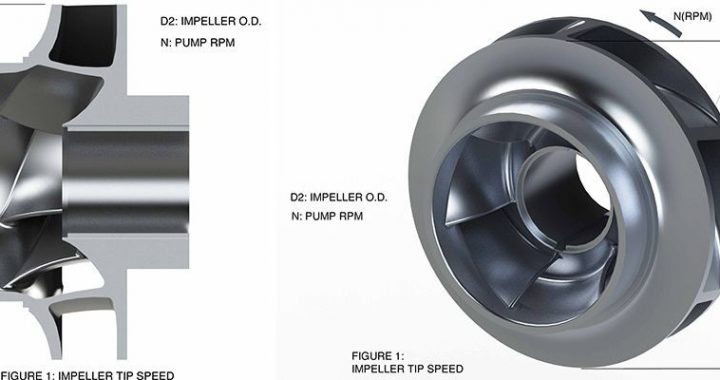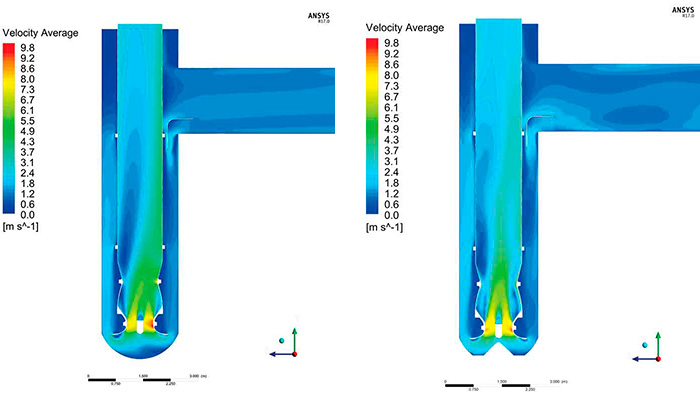Operating at low flow places the machine under a great amount of duress. It is always wise to have a mental picture of what is happening within the passages of the machine to understand why this is the case.
The days have long passed where pump vibrations were viewed as a matter of mechanical balance. Now, we recognize that even if the pump had perfect mechanical balance, it would still exhibit vibrations.
The intensity of this remnant vibration turns out to be flow related with its minimum level being at or around best efficiency point (BEP).
Source: https://www.pumpsandsystems.com/dangers-operating-pumps-low-capacity






